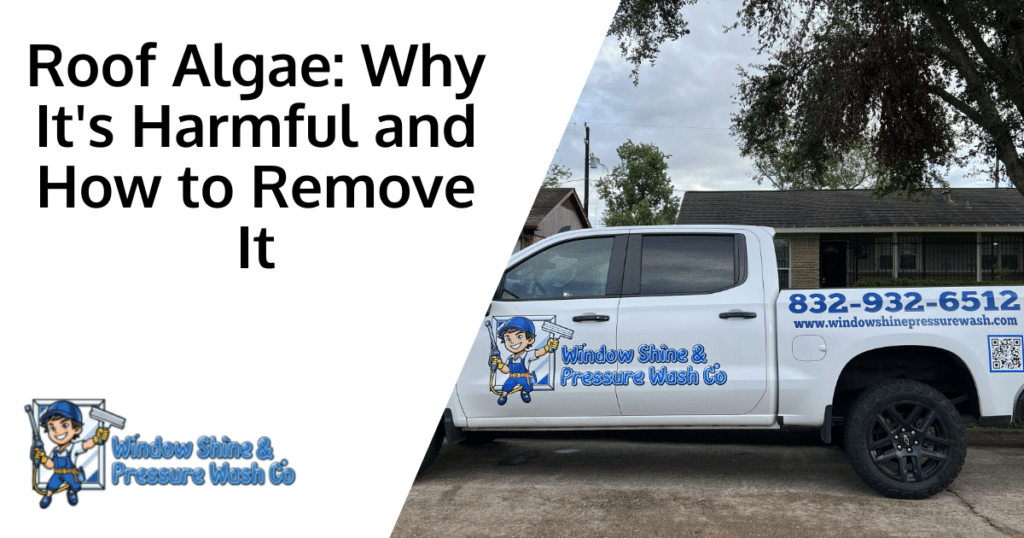Material Considerations for Algae Prevention
When looking to prevent roof algae, one significant step homeowners can take is to choose algae-resistant roofing materials. These unique materials are designed with properties that resist the growth of algae. Specific metal roofing, for instance, uses copper or zinc particles—metals known for having antimicrobial properties. These particles, embedded in the roofing granules, slowly leach over time and coat the roof with a protective layer that prevents algae growth.
Unfortunately, choosing algae-resistant roofing materials might result in a higher initial cost. However, it’s important to consider the long-term benefits such as reduced maintenance costs and increased roof longevity. A roof free from algae not only adds to the aesthetic value of your home but also saves you from repeated cleaning expenses.
Protective Treatments
Besides using specific roofing materials, applying long-term protective treatments can also help to stave off roof algae. These treatments usually involve the use of anti-algae sprays or solutions, targeted to create a hostile environment on your roof for algae growth. When these solutions are applied correctly, they form a thin, resistant layer on the roofing materials, which inhibits algae reproduction and growth.
However, how often these treatments should be applied varies depending on the specific product, roof material, and weather exposure. Typically, protective treatments last between one to two years. Regular inspections can help determine when reapplication is necessary. It is always essential to follow the manufacturer’s instructions for best results and to maintain the structural integrity of the roofing material.
Additional Resources
Expert Advice
Engaging with professionals can be a great place to find additional resources. Established roof cleaning services are often knowledgeable about the current trends in algae prevention and treatment and are usually willing to provide advice. Moreover, manufacturing companies of roofing materials often provide useful information and guidelines about algae resistance and prevention on their websites or customer service lines.
Online Forums
Online platforms and communities, with their plethora of DIY enthusiasts and home improvement experts, can be a goldmine of knowledge sharing. Websites such as Home Depot Community and DIY Network offer forums where users can post their queries about roof algae and receive advice from community members and experts alike
Research Articles
Academic and research articles are also excellent resources for understanding roof algae. Reputable architecture, environmental science, and microbiology journals often publish research on algae types, their growth factors, and innovative prevention methods. These sources provide in-depth, scientific information that could prove helpful.
Books
Various books and guidebooks on home maintenance and roof care provide detailed insights into preventing and treating roof algae. These resources can be found in local libraries, bookstores or online platforms like Amazon.
In conclusion, roof algae is not just an aesthetic issue; it can cause significant damage to the structure and value of your home. As such, understanding what it is, its potential harm, and how to combat it effectively is vital. Regardless of whether you choose to DIY or hire a professional cleaning service, remember that prevention is always better than cure. Regular inspections and maintenance, combined with the right materials and treatments, can go a long way in keeping your roof algae-free.

